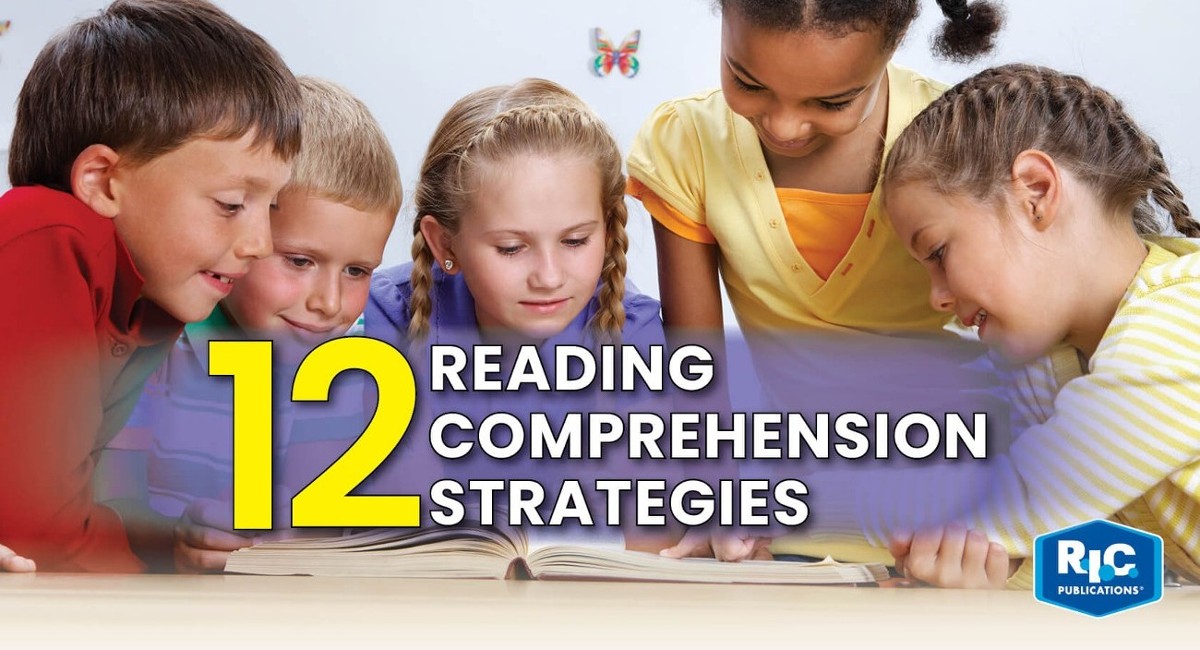- Thursday 16 May 2019
- 0 Comments
Reading comprehension skills enable readers to not only make sense of a text but also to dive deeper and decipher the author’s intention. To become proficient readers, students need to acquire a set of skills that they can use as tools in comprehending texts. To help students, it is important that teachers focus on comprehension strategies specific to each of these skills.
1. Understanding words
Meaning is all about context—how words or phrases are used in a sentence. Placing a word in a sentence or looking at words that surround it can help students further their understanding. To extend, it is worth applying the metacognitive approach to help students reflect on how they determined the meaning of a word or phrase.
2. Finding information
Reading and re-reading specific areas of a text is required to get a better understanding of a keyword. To achieve this skill, teachers can provide guidance on scanning text to locate keywords and emphasise the need to read text carefully—and as many times as necessary—to find important and supporting information and details.
3. Identifying the main idea
If students are able to identify the main idea of a text, they are more likely to comprehend it. The main idea connects the ideas expressed in the paragraphs and gives coherence to the text. Teachers can start this process by looking at main ideas of single paragraphs and expand from there.
4. Sequencing
This skill is about being able to sequence the order in which events occur, sometimes using time markers and other strategies to identify the relationship between events. Through determining the events they need to sequence from the question, locating them in the text, and looking for ‘help’ words, students will find that knowing the sequence of events is an important factor in understanding a text.
5. Finding similarities and differences
The ability to compare and contrast information provided in a text will help a reader’s understanding; as such, it is a key comprehension skill that students need to practise and master. Some ways to do this include categorising information to determine what some people, places and events have in common, or how they differ.
6. Predicting
Predicting is one of the trickier skills that students can sometime struggle with. In essence, it involves using information from a text to predict outcomes not explicitly stated within the text. One of the suggested teaching comprehension strategies is to teach students how to locate and use the information provided in the text to determine probable outcomes and then to evaluate their predictions.
7. Concluding
This skill is about collating all the information that the text provides, making judgements and reaching conclusions based on facts and details provided in the text. It is also vital to teach students that they need to be able to search for evidence to support a particular conclusion by locating the relevant information in the text.
8. Summarising
For this skill, students summarise text by linking important information and identifying the main points. To do this successfully, students first need to understand the format required in their answer. Is it a one-word answer? A short paragraph? Providing guidance on how they should tackle each format, and where they can extract the information required, can really help students acquire this skill.
9. Inferring
Inferences are opinions about what is most likely to be true. They are formed after careful evaluation of all the available facts. The focus on this skill is on teaching students how to use contextual information, both written and visual, to determine what they believe to be true.
10. Cause and effect
This skill is about understanding that the cause leads to the effect and that they are connected. While this sounds straightforward, teaching a few comprehension strategies can really help the students. For example, get the students to go through various types of text and pair up cause and effect phrases.
11. Fact or opinion
To become critical readers, students must be able to distinguish between fact and opinion. This entails understanding the difference between them, identifying each within the text, and explaining how one relates to the other.
12. Point of view and purpose
Every piece of text is written by an author with a purpose in mind, and their point of view is his or her opinion about a subject. For this particular skill, students must examine what has been written, understand the content and be able to identify why the author set out to write the text.
Now that you know the 12 reading comprehension skills that students must acquire to become good readers, it’s important to determine the teaching comprehension strategies that you will need to use.
It’s easy to confuse skills and strategies. It’s important to remember that skills relate to competent performance, and come from knowledge, practise and aptitude; while strategies involve planning and tactics. In short, what teachers can do is teach strategies for the students to acquire the skills.
This is where our products come in. From our bestselling teacher resource books, such as New Zealand Curriculum Teaching comprehension strategies, and classroom posters, such as Comprehension skills posters, to box sets for independent learning, such as The Comprehension box, R.I.C. Publications has a wide range of products that can help you impart these strategies to students.
Our aim is to create strategic readers in New Zealand classrooms, who are capable of decoding texts and tasks that progressively gets more complex each year. Check out our full range of our English products here or reach out to us here if you have any questions.
